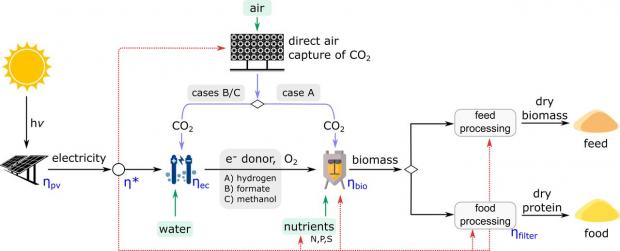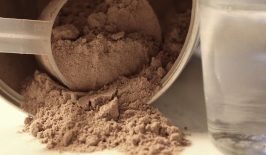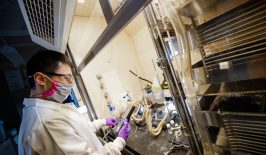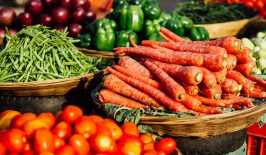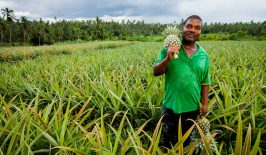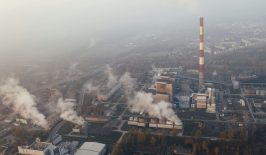As the global population booms, how do we make sure there’s food for everyone? Food insecurity is an evermore urgent issue. Traditional agriculture faces many complaints, including its carbon footprint, excessive land use, and questionable animal ethics. In a recent paper, a group of researchers argue that there is a more efficient and environmentally friendly alternative: microbial biomass.
Microbial biomass, also called microbial protein or single-cell protein (SCP), is rich in protein and other nutrients. In a new paper published in PNAS, researchers analysed the efficiency of using solar energy to produce SCP, and found that it significantly outperformed key crops like wheat, rice and soybean.
“Microbial biomass” doesn’t sound like the tastiest dish, but it’s becoming a popular alternative for producing sustainable protein. Several companies already use SCP derived from algae, fungi and bacteria to produce food for humans and animals. Products like these have been on the market for decades: take Quorn, a popular meat substitute that sells tasty meat-free nuggets and lasagnes made from mycoprotein.
According to the researchers’ analysis, SCP can reach over ten times the yield of protein and at least twice the yield of calories compared with any staple crop per unit of land. Staple crops include corn, wheat and rice, and the researchers used the most efficient of them in terms of protein and calories – soybean and sugar beet – as the basis for their comparison.
The method to produce SCP analysed in the study used solar panels, land, nutrients and carbon dioxide from the air. The protein-rich biomass that results from the complex array of scientific processes (illustrated below) can then be processed into an edible powder. The researchers investigated the energy needed for each step of this process, and found that for each kilogram of protein produced, the microbes required only 10 per cent of the land area required by the most protein-efficient plant crop, the soybean.
The results hold even in northern climates with less sunshine, and the production could take place in regions previously unsuitable for agricultural production, such as deserts.
The researchers note that SCP is better suited to replace some crops than others. Soybean, for example, is an ideal candidate, as it is primarily cultivated as animal feed to begin with. Maize, on the other hand, is used not just as food, but for bioenergy production.
SCP holds promise for tackling food insecurity without having disastrous consequences on the environment. But, as the paper observes, its adoption into the mainstream depends on a number of factors, including its economic competitiveness and its appeal to consumers.
While SCP is edible for humans, many envisage that it will play a big role in feeding farm animals. While animals such as cows, fish and insects provide protein to humans, these farm animals also need to be fed protein-rich food. SCP is also suitable as a food supplement.

